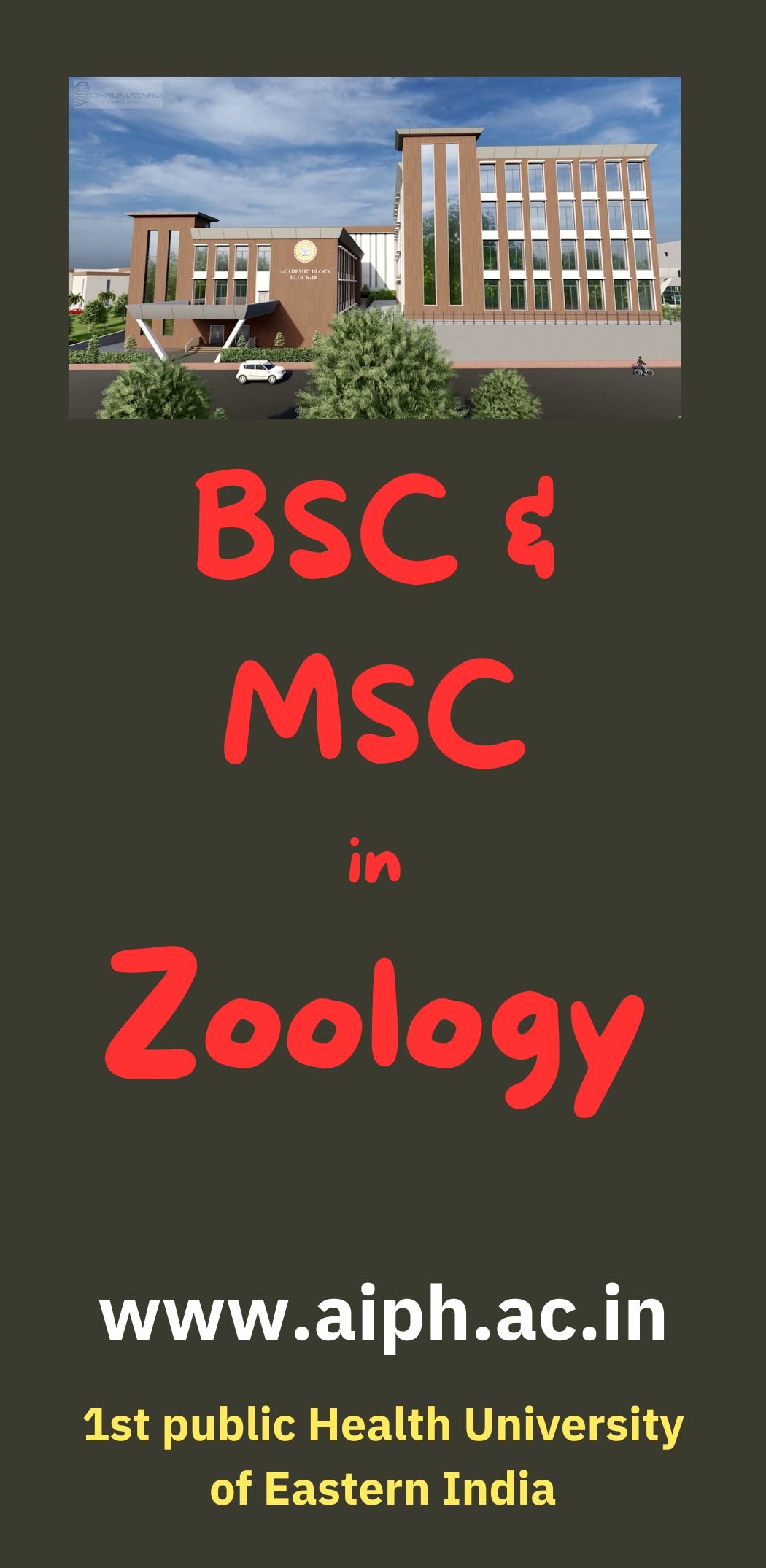The Sustainable Development Goals (SDGs), introduced by the United Nations in 2015, are a universal call to action aimed at eradicating poverty, protecting the planet, and ensuring prosperity for all by 2030. These 17 goals address pressing global challenges, from climate change and biodiversity loss to inequality and access to quality education. The future of humanity and the Earth is intrinsically linked to how effectively we achieve these goals. This blog explores the profound connection between the SDGs and our shared destiny, highlighting the importance of collective action in securing a sustainable future.
The SDGs are a framework designed to balance economic growth, social inclusion, and environmental sustainability. Unlike previous initiatives, they adopt a holistic approach, emphasizing the interdependence of these three pillars. For example, achieving SDG 1 (No Poverty) contributes to SDG 2 (Zero Hunger) and SDG 3 (Good Health and Well-being). Similarly, SDG 13 (Climate Action) is essential for protecting life on land (SDG 15) and below water (SDG 14).
.png)
Addressing Climate Change (SDG 13) Climate change is one of the most critical threats to the Earth. Rising temperatures, melting ice caps, and frequent extreme weather events highlight the urgent need for action. SDG 13 focuses on reducing greenhouse gas emissions, promoting renewable energy, and building resilience against climate impacts. Without immediate intervention, global warming could surpass the 1.5°C threshold, leading to catastrophic consequences for ecosystems and human societies.
Preserving Biodiversity (SDGs 14 and 15) Biodiversity is crucial for maintaining ecosystem balance, providing resources like food, medicine, and clean water. However, habitat destruction, pollution, and overexploitation are pushing many species to extinction. SDG 14 (Life Below Water) and SDG 15 (Life on Land) aim to conserve and restore ecosystems, ensuring their sustainability for future generations.
Ensuring Sustainable Resource Use (SDG 12) Overconsumption and waste are depleting the Earth's natural resources at an alarming rate. SDG 12 (Responsible Consumption and Production) promotes sustainable practices, such as reducing food waste, adopting circular economies, and minimizing environmental footprints. Sustainable resource use is essential for maintaining the planet's health and supporting its growing population.
Example: Sweden's waste-to-energy programs efficiently convert waste into usable energy, reducing landfill use and promoting sustainability.
.jpg)
1. Eliminating Poverty (SDG 1) Poverty eradication is the cornerstone of sustainable development. More than 700 million people still live in extreme poverty, surviving on less than $1.90 per day. SDG 1 focuses on providing equal access to resources, education, and opportunities, ensuring a dignified life for all.
Example: Microfinance programs in Bangladesh, pioneered by Grameen Bank, empower impoverished communities by providing small loans, enabling them to start businesses and achieve financial independence.
2. Improving Health and Well-being (SDG 3) Good health is a fundamental right and a prerequisite for sustainable development. SDG 3 aims to reduce maternal mortality, combat communicable diseases, and promote mental health. The COVID-19 pandemic underscored the importance of resilient healthcare systems and equitable vaccine distribution.
Example: The global rollout of COVID-19 vaccines through initiatives like COVAX has highlighted the potential and challenges of international collaboration in achieving SDG 3.
3. Promoting Quality Education (SDG 4) Education is a powerful tool for breaking the cycle of poverty and fostering innovation. SDG 4 emphasizes inclusive and equitable quality education, ensuring lifelong learning opportunities for all. An educated populace is better equipped to address global challenges and drive sustainable development.
Example: The "Educate A Child" program in Qatar has helped millions of out-of-school children access education, significantly contributing to SDG 4.
4. Achieving Gender Equality (SDG 5) Gender equality is essential for a fair and inclusive society. SDG 5 aims to eliminate discrimination and violence against women, ensuring equal opportunities in education, employment, and leadership. Empowered women contribute significantly to economic growth and social cohesion.
Example: Rwanda has achieved near gender parity in its parliament, showcasing the potential of legislative reforms in advancing SDG 5.
.jpg)
One of the SDGs' most compelling features is their interconnectedness. Progress in one goal often accelerates achievements in others. For instance:
This interdependence underscores the need for integrated approaches to policymaking and implementation.
The Role of Individuals in Supporting SDGs
While governments and organizations play a pivotal role, individuals also have significant contributions to make. Small, consistent actions can collectively lead to transformative change:
Examples of Sucessfull SDG Initiatives
1. The Global Citizen Movement This initiative mobilizes millions of people worldwide to advocate for SDG-related causes, from ending extreme poverty to ensuring gender equality.
2. Solar Sister This program empowers women entrepreneurs in Africa to distribute clean energy solutions, addressing SDG 5 (Gender Equality) and SDG 7 (Affordable and Clean Energy).
3. India’s Swachh Bharat Abhiyan (Clean India Mission) A nationwide campaign to improve sanitation aligns with SDG 6 (Clean Water and Sanitation) and promotes public health.
Despite their transformative potential, achieving the SDGs is fraught with challenges:
1. Constraints: Many developing countries lack the resources to implement SDG-related projects. Bridging the funding gap requires increased international aid, private sector investment, and innovative financing mechanisms.
2. Inequality: Persistent inequalities in wealth, gender, and access to resources hinder progress across multiple goals.
3. Political Will: Inconsistent political commitment and governance issues undermine SDG implementation. Coordinated global action is essential to overcome these barriers.
4. Climate Change: The worsening climate crisis exacerbates existing challenges, from food insecurity to displacement, making it harder to achieve the SDGs.
5. Data Availability: Reliable data is crucial for tracking progress and making informed decisions. Many countries struggle with data collection and reporting, impeding effective monitoring.



